Has Your Signature Scent Gone Sour? How to Spot Expired Perfume & Save Your Collection
The allure of a signature scent is undeniable. A cherished perfume can evoke memories, boost confidence, and serve as a profound expression of personal style. Yet, a common and often unsettling question arises among fragrance enthusiasts: "Does perfume expire?" The disappointment of a beloved aroma seemingly losing its magic or developing an "off" quality can be disheartening.
This comprehensive guide aims to demystify the phenomenon of perfume degradation, empowering individuals with the knowledge to confidently identify the tell-tale signs of a "turned" fragrance.
It will delve into the scientific underpinnings of these changes, explore potential risks associated with using degraded scents, and, crucially, equip readers with expert-backed strategies to extend the lifespan of their valuable fragrance collection, ensuring every spritz remains as captivating and true to its original appeal as the very first.
Does Perfume Really Expire? Understanding the Science Behind Fragrance Longevity
Perfume, much like most cosmetic and beauty products, possesses a finite shelf life. It is important to clarify that this process is not akin to food spoilage, but rather a gradual degradation of its quality, potency, and intended olfactory profile over time. The intricate balance of aromatic compounds within a fragrance is susceptible to disruption, leading to perceptible alterations.
The Chemical Breakdown: Oxidation and Beyond
At its core, perfume is an intricate mixture primarily composed of volatile aromatic compounds, often referred to as fragrance oils, suspended in a solvent, typically ethyl alcohol (ethanol), with a minor percentage of water. The stability of these components is paramount to the fragrance's longevity.
The leading cause of perfume degradation is a chemical process known as oxidation. Once a perfume bottle is opened, the fragrance molecules come into contact with oxygen in the air. This exposure initiates a chemical reaction where the aromatic compounds react with oxygen, leading to a change in their molecular structure and, consequently, a fundamental alteration of the scent.
A relatable analogy to grasp this concept is observing how wine, when left uncorked and exposed to air, can gradually turn into vinegar due to oxidative processes.
Beyond oxidation, hydrolysis also plays a role in perfume degradation. Water molecules present in the perfume can participate in hydrolysis reactions, a process where water breaks chemical bonds within fragrance compounds. This is particularly problematic for esters, which are common in fruity and floral notes. The hydrolysis reaction converts these esters back into their component alcohols and acids, thereby fundamentally altering the scent profile.
External energy sources further contribute to molecular changes. Light, especially ultraviolet (UV) radiation from direct sunlight, provides the energy that catalyzes oxidation reactions within fragrance molecules. This energy can break chemical bonds and create unstable free radicals.
These unstable molecules then react with other components, forming new compounds that possess different, often less pleasant, olfactory properties. Similarly, elevated temperatures increase the kinetic energy and movement of molecules, accelerating both the evaporation of volatile components and the chemical reactions that degrade fragrance compounds.
Factors Influencing Perfume Shelf Life: Why Some Last Longer Than Others
The lifespan of a perfume is not uniform; it is influenced by several key factors:
-
Ingredients & Composition: The choice of ingredients significantly impacts a perfume's stability. Natural ingredients, such as citrus essential oils (e.g., lemon, grapefruit) or natural florals (e.g., bergamot, rose), are inherently more sensitive and prone to faster deterioration due to their volatile nature and complex chemical structures. In contrast, synthetic components like musk tend to be more stable and contribute to a longer shelf life. Even synthetic ingredients like aldehydes, used as top notes in some perfumes, require temperature-controlled environments for longevity. The overall "family" and specific notes within a perfume also play a crucial role in its longevity. Fragrances with a higher concentration of heavier base notes (e.g., oud, musk, amber, patchouli, woods, vanilla) are generally more resistant to oxidation and boast a longer lifespan. Conversely, lighter, more volatile top notes (e.g., zesty citrus, fresh accords, light florals) are typically the first to fade and are less resistant to degradation, leading to a shorter overall shelf life for the perfume. This commitment to ingredient quality and advanced formulation is exemplified by brands like Albatross Perfumes, which meticulously craft their fragrances to ensure exceptional stability and a captivating aroma that endures.
-
Alcohol Content: Alcohol (ethyl alcohol) serves as a crucial carrier and preservative in most perfumes. A higher alcohol content can help to slow down the oxidation process, thereby preventing the aromatic molecules from degrading quickly. However, this is a delicate balance; excessively high alcohol content can also contribute to more rapid evaporation of the overall liquid over time.
-
Concentration: The concentration of aromatic compounds or fragrance oils within a perfume directly correlates with its longevity. Perfumes with higher concentrations, such as Parfum (or Extrait de Parfum), generally last significantly longer than those with lower concentrations like Eau de Toilette (EDT) or Eau de Cologne (EDC).
-
Storage Conditions: This is arguably the most critical factor within the consumer's control. Consistent exposure to adverse environmental factors such as light, heat, humidity, and air will dramatically accelerate the degradation process, significantly shortening a perfume's lifespan.
A common misconception is that perfumes, like certain fine wines, "improve with age". This belief can lead to improper storage and eventual disappointment. Unlike wine, where specific chemical reactions can genuinely enhance complexity and desirable characteristics over time, perfume undergoes a process of chemical degradation.
The scientific evidence indicates that oxidation and hydrolysis break down chemical bonds and lead to the formation of new, often unpleasant, compounds, such as acetic acid and acetaldehyde from ethanol, or undesirable oxidation products from citrus oils. While some initial "maturation" or settling of ingredients might occur in an unopened bottle after manufacturing, this is not an indefinite aging process that improves the scent.
The "fine wine" comparison for perfume is largely a fallacy; indefinite aging typically leads to a diminished or altered scent, not an improved one. Understanding this chemical reality is crucial for proper fragrance care and managing expectations, preventing the unnecessary retention of degraded perfumes.
The following table provides general guidelines for the typical shelf life of various perfume concentrations:
|
Fragrance Type |
Typical Concentration (Aromatic Compounds) |
Average Shelf Life (Opened) |
Average Shelf Life (Unopened) |
|
Perfume/Parfum |
15-30%+ |
8-10 years |
10+ years |
|
Extrait de Parfum |
Up to 40% |
Up to 6 years |
|
|
Eau de Parfum |
15-20% |
4-5 years |
8-10 years |
|
Eau de Toilette |
5-15% |
3-4 years |
5-7 years |
|
Eau de Cologne |
2-4% |
2 years |
3-4 years |
|
Eau Fraîche |
1-3% |
1-2 years |
|
|
Body Spray |
1-3% |
1-2 years |
2-3 years |
|
Perfume Oils |
Varies |
4-5 years |
|
|
Solid Perfumes |
Varies |
Longer shelf life |
The Tell-Tale Signs: How to Spot Expired Perfume
Identifying whether a perfume has degraded involves engaging multiple senses. The most reliable indicators are typically changes in scent and visual appearance, along with alterations in consistency or volume.
Your Nose Knows Best: The Scent Story Changes
The most reliable and immediate indicator that a perfume has gone bad is a noticeable shift in its fragrance. The original scent can transform into something distinctly sour, metallic, acidic, or vinegary.
Other descriptions include mold-like, rancid, or simply "off" and unpleasant. Some individuals may even perceive a salty or "umami" quality. These undesirable notes often arise from the formation of new chemical compounds, such as acetic acid and acetaldehyde, which are common degradation products of ethanol, or unpleasant oxidation products specifically from citrus oils.
Beyond just an "off" smell, a perfume may no longer smell quite like it used to, or it might have lost its initial "sparkle". The fragrance may become significantly weaker or less diffusive, requiring more sprays to achieve the desired effect.
The volatile top notes, which provide the initial burst of scent, are typically the first to fade, altering the overall scent profile and leaving an imbalanced or subdued fragrance. In extreme cases, particularly with very old or poorly stored perfumes, the scent may completely disappear, leaving only a faint alcoholic or chemical odor.
Visual Clues in the Bottle: A Picture of Degradation
Visual inspection of the perfume liquid can also provide strong indications of degradation. Most fresh perfumes are either colorless or have a pale-yellow tint. As they degrade, they can visibly darken, taking on an orangey, amber, brown, or even a "putrid brown" hue. This discoloration is primarily a result of oxidation and prolonged exposure to light, especially UV rays.
A perfume that was originally clear and translucent may become cloudy or opaque. This visual change suggests that the constituent ingredients may have reacted chemically, possibly due to exposure to direct sunlight or temperature fluctuations.
The presence of visible particles floating within the liquid or sediment accumulating at the bottom of the bottle is another clear sign of degradation. This is often the result of oxidation, where perfume ingredients disintegrate, and the evaporation of alcohol and water leaves behind residues.
This phenomenon is more commonly observed in delicate fragrances with light top notes or those containing a higher proportion of natural oils.
It is important to note, however, that visual changes alone can sometimes be deceptive. While discoloration or sediment are strong indicators of degradation, they are not always definitive on their own.
For instance, some fragrances are known to discolor even before they truly degrade, and natural aging processes (maceration) can also cause subtle, expected color changes. Similarly, the presence of particles can be normal in some high-end or niche perfumes due to their use of natural oils and specific filtration processes, and may not negatively affect the scent.
Therefore, relying solely on a change in color or the presence of particles without also assessing the scent can lead to prematurely discarding a perfectly good perfume. The actual condition of the perfume, particularly its aroma, remains the most reliable determinant.
Consistency & Volume Shifts: Subtle Physical Alterations
Subtle physical changes in the perfume's consistency and volume can also signal degradation. If the liquid level in a perfume bottle has decreased significantly, even without frequent use, this is a strong indicator of alcohol evaporation.
As the alcohol evaporates, the remaining essential oils become more concentrated, which can alter both the scent profile and the liquid's consistency. The perfume's texture might also change from its original state, potentially becoming unusually viscous or thick, or conversely, appearing more watery than it should be.
Here is a summary of the signs of expired perfume:
|
Category |
Specific Sign |
What it Means/Why it Happens |
|
Scent |
"Off" or Unpleasant Odors (sour, metallic, acidic, vinegary, mold-like, rancid) |
Chemical degradation, oxidation, formation of new, undesirable compounds (e.g., acetic acid, acetaldehyde) |
|
Loss of Original Character or Potency (fading, less diffusive, "losing sparkle") |
Volatile top notes degrade first, overall chemical breakdown, imbalanced scent profile |
|
|
No Smell at All |
Extreme degradation, complete evaporation of aromatic compounds |
|
|
Visual |
Color Change (darkening, orangey, amber, brown) |
Oxidation, exposure to light (especially UV rays) |
|
Cloudiness or Opacity |
Chemical reactions among ingredients, exposure to light/temperature fluctuations |
|
|
Sediment or Particles |
Oxidation, disintegration of ingredients, evaporation of alcohol/water, common with natural oils |
|
|
Consistency & Volume |
Less Perfume in the Bottle |
Alcohol evaporation, leading to increased concentration of essential oils |
|
Thicker or Watery Texture |
Altered chemical composition, degradation of ingredients |
|
|
Other |
Skin Irritation/Allergic Reaction |
Degraded chemical compounds becoming active irritants |
Beyond the Bottle: Risks of Using Expired Perfume
While the primary effect of an expired perfume is an altered scent, the chemical degradation process can also lead to potential, albeit usually minor, health concerns. This transforms the issue from a mere aesthetic concern into a more practical consideration, underscoring the importance of vigilance and appropriate handling.
The most common and direct risk associated with using degraded perfume is the potential for skin irritation and allergic reactions. As the perfume's chemical components degrade through processes like oxidation and hydrolysis, they can lose their original stable properties and transform into new, active irritants. This can manifest as redness, rashes, itching, blistering, or other uncomfortable skin complications.
While severe reactions are rare, it is always prudent to perform a patch test on a small, inconspicuous area of skin (such as the inner wrist or elbow) before applying an old perfume more broadly, especially if its condition is uncertain.
The most immediate and pervasive consequence of using an expired perfume is the unpleasant olfactory experience. The drastically altered, rancid, or simply "off" scent profile defeats the fundamental purpose of wearing perfume, which is to enhance one's personal aroma. The jarring "off" notes can detract significantly from one's overall presentation. For individuals with heightened sensitivities or pre-existing respiratory conditions, inhaling the unpleasant or chemically altered scents from degraded perfume
may potentially cause breathing difficulties or other respiratory discomforts. Furthermore, in some instances, the degraded chemical compounds in expired perfumes can lead to
staining or discoloration on fabrics, potentially ruining clothing where they are applied.
Decoding Your Bottle: Expiry Dates & Batch Codes
Understanding the markings on a perfume bottle can provide valuable information regarding its age and recommended usage.
Many modern fragrances, particularly those manufactured in regions with stricter cosmetic regulations, feature a Period After Opening (PAO) symbol. This icon, typically an open jar with a number followed by 'M' (e.g., 12M, 24M, 36M), indicates the recommended number of months the product is best used after it has been opened.
Beyond PAO symbols, batch codes serve as a perfume's manufacturing fingerprint. These unique alphanumeric identifiers are typically printed on the perfume bottle (often on the bottom) or its outer packaging.
Primarily used by manufacturers for quality control and tracking, these codes indicate the specific manufacturing date of the product. Online resources, such as checkfresh.com, allow individuals to input a perfume's batch code to determine its age. This capability is particularly useful for those acquiring secondhand fragrances or for collectors interested in the precise production date of their bottles.
It is crucial to approach these "expiration dates" with a nuanced understanding. While PAO symbols and batch codes offer valuable general guidance and help determine a perfume's age, they are not always definitive "expiration dates" in the same strict sense as food expiry dates. For many products, "use-by" dates primarily indicate peak quality rather than strict safety expiration. This distinction is significant for perfumes. For example, some fragrance enthusiasts report that well-stored vintage fragrances can remain perfectly fine decades past their indicated "date". Conversely, a relatively "fresh" perfume can degrade rapidly if stored poorly, regardless of its batch code.
This highlights a key difference between perfume and perishable food items: a perfume might be "expired" according to its PAO or batch code age, but still perfectly usable if its sensory qualities (smell, appearance) have not deteriorated. The true determinant of whether a perfume has "gone bad" is its actual condition, as assessed by sensory evaluation, rather than solely relying on a printed date.
This understanding empowers consumers to make more informed decisions, preventing the unnecessary discarding of valuable fragrances.
Extend Your Scent's Lifespan: Expert Storage Secrets
The longevity of a fragrance is heavily influenced by how it is stored. Adhering to optimal storage practices is the most effective way to preserve a perfume's integrity and extend its life.
The Golden Rule: Cool, Dark, and Dry – Your Perfume's Sanctuary
The single most crucial piece of advice for preserving fragrance integrity is to store it in a cool, dark, and dry environment.
-
Maintain a Cool Temperature: Ideal storage temperatures typically range between 10-22°C (50-72°F). The emphasis here is on
consistency; rapid temperature fluctuations are significantly more damaging than a stable, slightly warmer environment. Heat accelerates chemical reactions within the perfume, leading to faster degradation and evaporation of volatile components.
-
Ensure Darkness: Protecting perfumes from all forms of light—both direct sunlight and strong artificial light—is paramount. UV rays provide the energy that breaks down fragrance molecules and accelerates the oxidation process, leading to scent degradation and color changes.
-
Keep it Dry (Avoid Humidity): High humidity levels introduce moisture into the air, which can compromise the quality of a perfume by leading to hydrolysis reactions and even encouraging microbial growth, particularly in formulations with a higher proportion of natural ingredients.
The Bathroom Myth Debunked: Why Your Vanity Isn't a Perfume Paradise
A pervasive misconception is that storing perfumes in the bathroom is acceptable or even ideal. This is consistently cited by experts as the worst place for fragrance storage. The constant fluctuations in heat, steam, and humidity from showers and baths rapidly degrade the delicate chemical composition of fragrances. These environmental stressors accelerate oxidation and hydrolysis, significantly shortening the perfume's lifespan.
Strategic Storage Locations
Ideal places for perfume storage include dark closets, dresser drawers, or dedicated perfume cabinets. For those who wish to display their bottles, investing in decorative boxes with opaque sides or cabinets with UV-protective glass can provide essential shielding from light.
While refrigeration can be beneficial for certain highly volatile or delicate scents, particularly those with high concentrations of natural citrus oils, frequent temperature changes from taking the perfume in and out of the fridge can be detrimental. If refrigeration is chosen, it should be a consistent environment free from food odors and drastic temperature shifts.
Keep It Sealed & Original: Protecting from Air and Elements
-
Tighten the Cap Securely: Always ensuring the perfume bottle's cap is securely fastened immediately after each use is a simple yet crucial action. This minimizes exposure to air, which is a primary driver of oxidation and a significant enemy of perfume longevity.
-
Utilize Original Packaging: The original box and bottle design are not merely for aesthetics; they serve a crucial practical purpose. They are specifically designed to protect the fragrance from external elements like light and air, preserving its integrity.
- Resisting the urge to decant perfume into smaller or prettier bottles is advisable, as this practice exposes the fragrance to more air and can lessen its shelf life. Similarly, shaking the bottle vigorously is generally not recommended, as it can introduce air bubbles and potentially alter the fragrance composition, accelerating deterioration. Instead, gently rolling the bottle between hands is sufficient if mixing is deemed necessary.
-
Strategic Usage: For individuals with large fragrance collections, rotating perfumes regularly and using older bottles first can help ensure that no fragrance degrades before it can be fully enjoyed. Opting for smaller bottle sizes for infrequently used or seasonal scents can also be a practical approach.
Conclusions
The notion that perfume, like fine wine, improves with age is largely a misconception. While an initial "maturation" period can occur for unopened bottles, the long-term reality is that perfumes undergo chemical degradation, primarily through oxidation and hydrolysis, leading to alterations in their scent, appearance, and consistency. These changes are not merely aesthetic; degraded perfumes can also pose a risk of skin irritation or allergic reactions, underscoring the importance of vigilance.
Identifying an expired perfume relies most heavily on sensory evaluation: a noticeable shift to sour, metallic, or vinegary notes, a loss of the original character, or a complete absence of scent are strong indicators. Visual cues such as darkening color, cloudiness, or the presence of sediment also signal degradation, though these should always be considered in conjunction with the scent, as visual changes alone are not always definitive.
While Period After Opening (PAO) symbols and batch codes provide valuable manufacturing and recommended usage timelines, they primarily indicate peak quality rather than strict safety expiration dates. The actual condition of the fragrance, as perceived by an individual, remains the most reliable determinant of its usability.
To maximize the longevity of a cherished fragrance collection, adherence to proper storage practices is paramount. The golden rule dictates storing perfumes in a cool, dark, and dry environment, away from direct sunlight, heat sources, and humidity—making the bathroom an unsuitable storage location. Keeping bottles tightly sealed in their original packaging further minimizes exposure to air and light, safeguarding the delicate chemical composition. By choosing meticulously crafted fragrances, such as those from Albatross Perfumes, and implementing these expert-backed care strategies, fragrance enthusiasts can significantly extend the life and preserve the captivating allure of their signature scents.










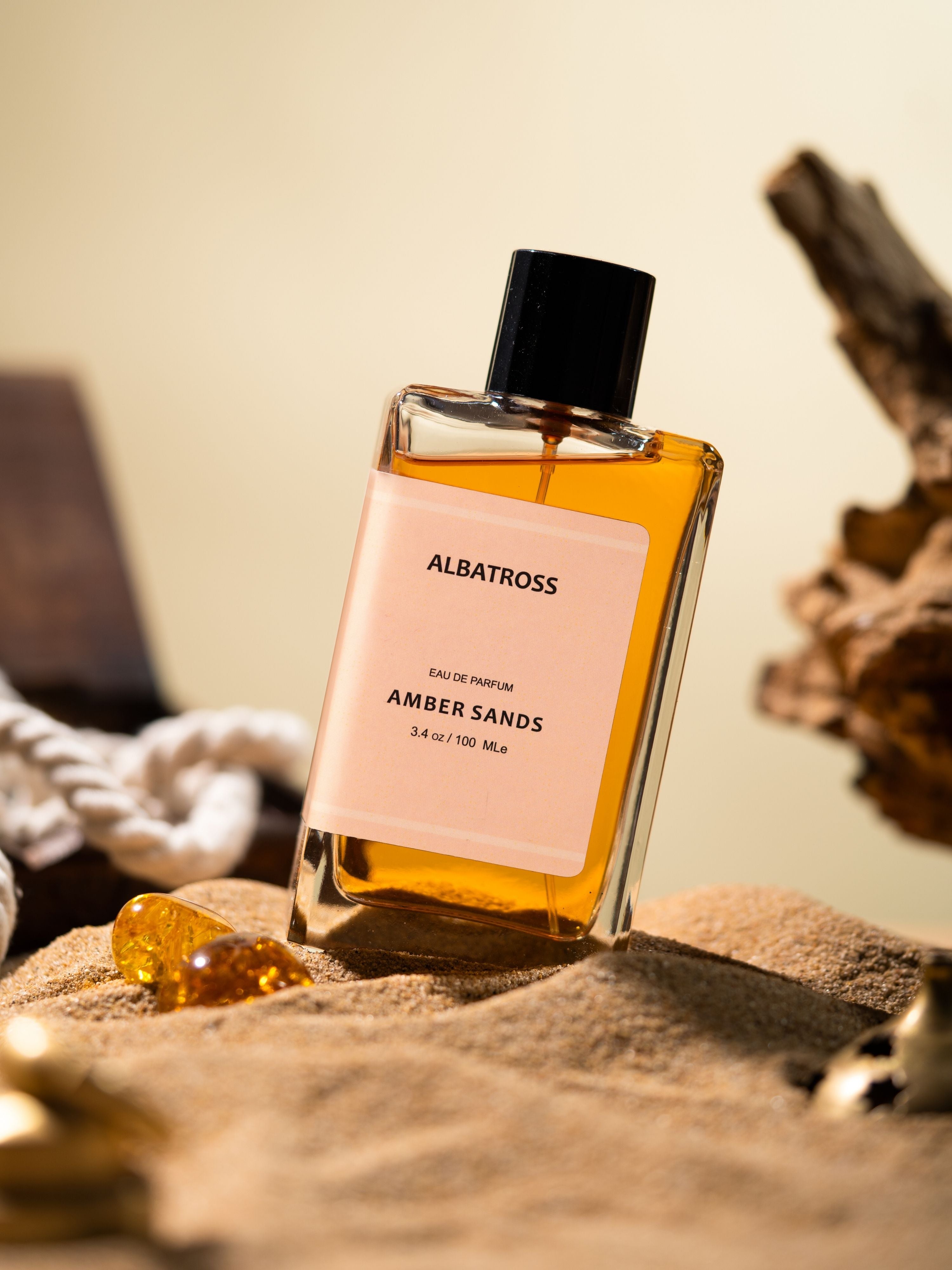
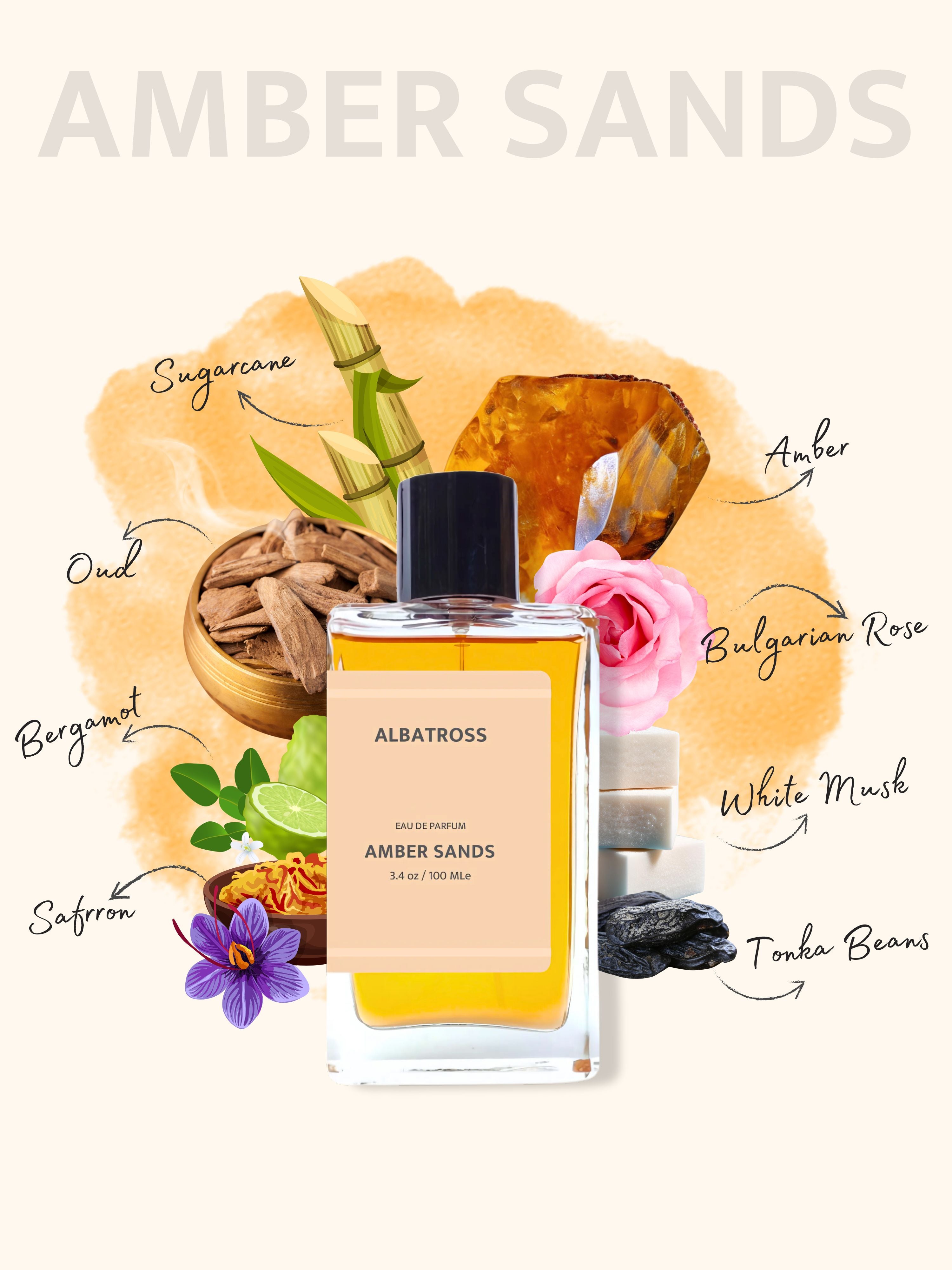
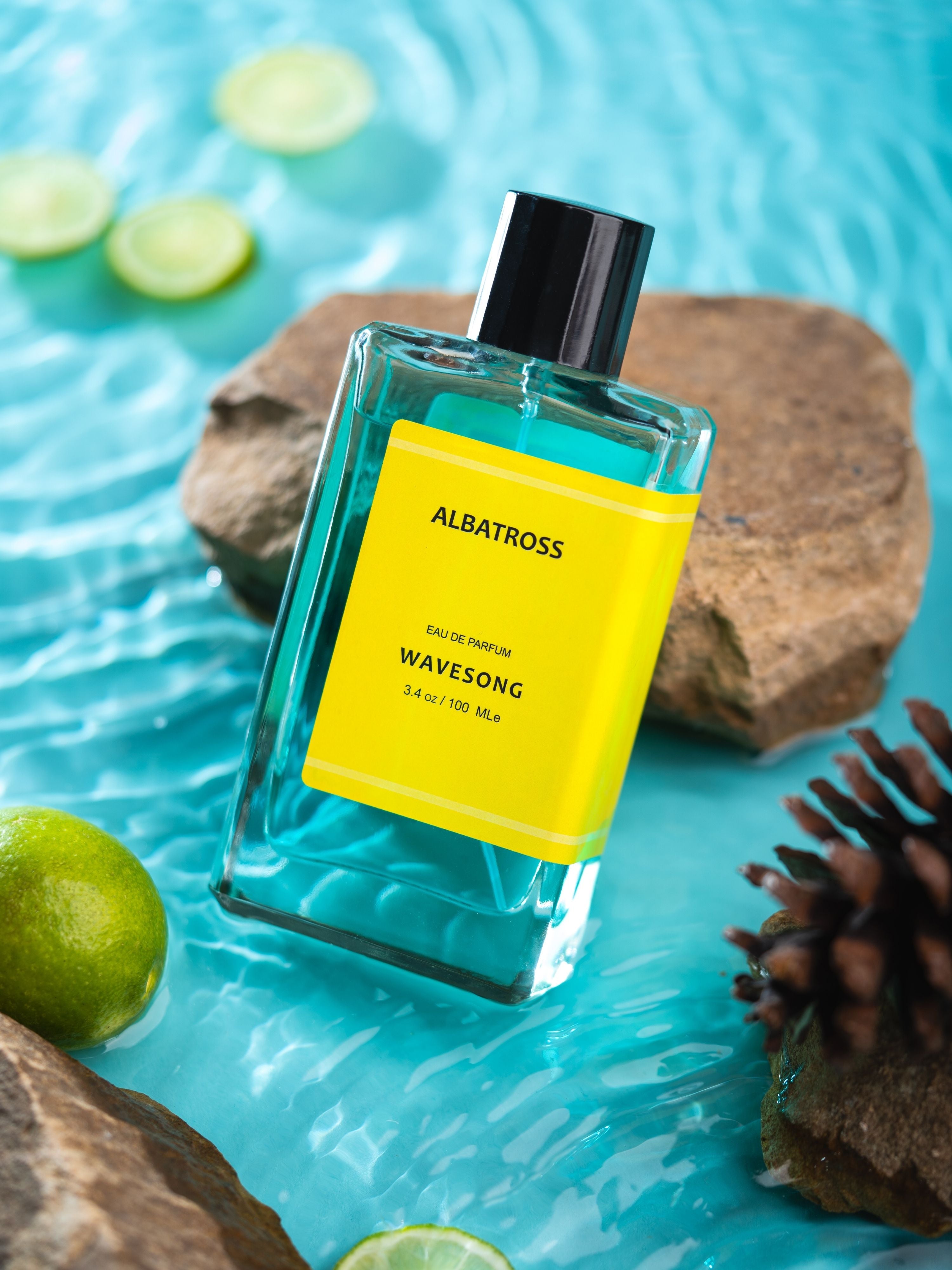
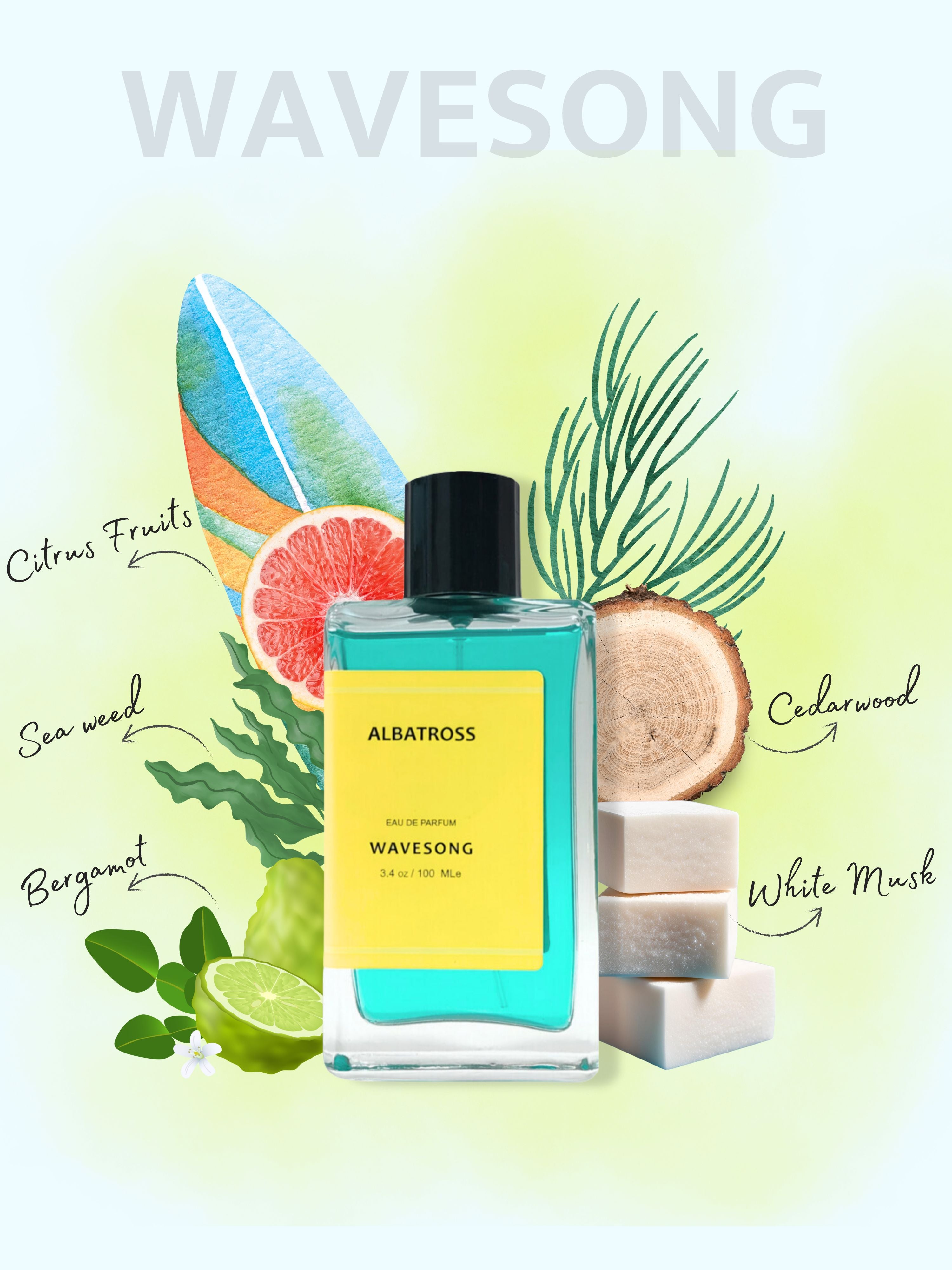


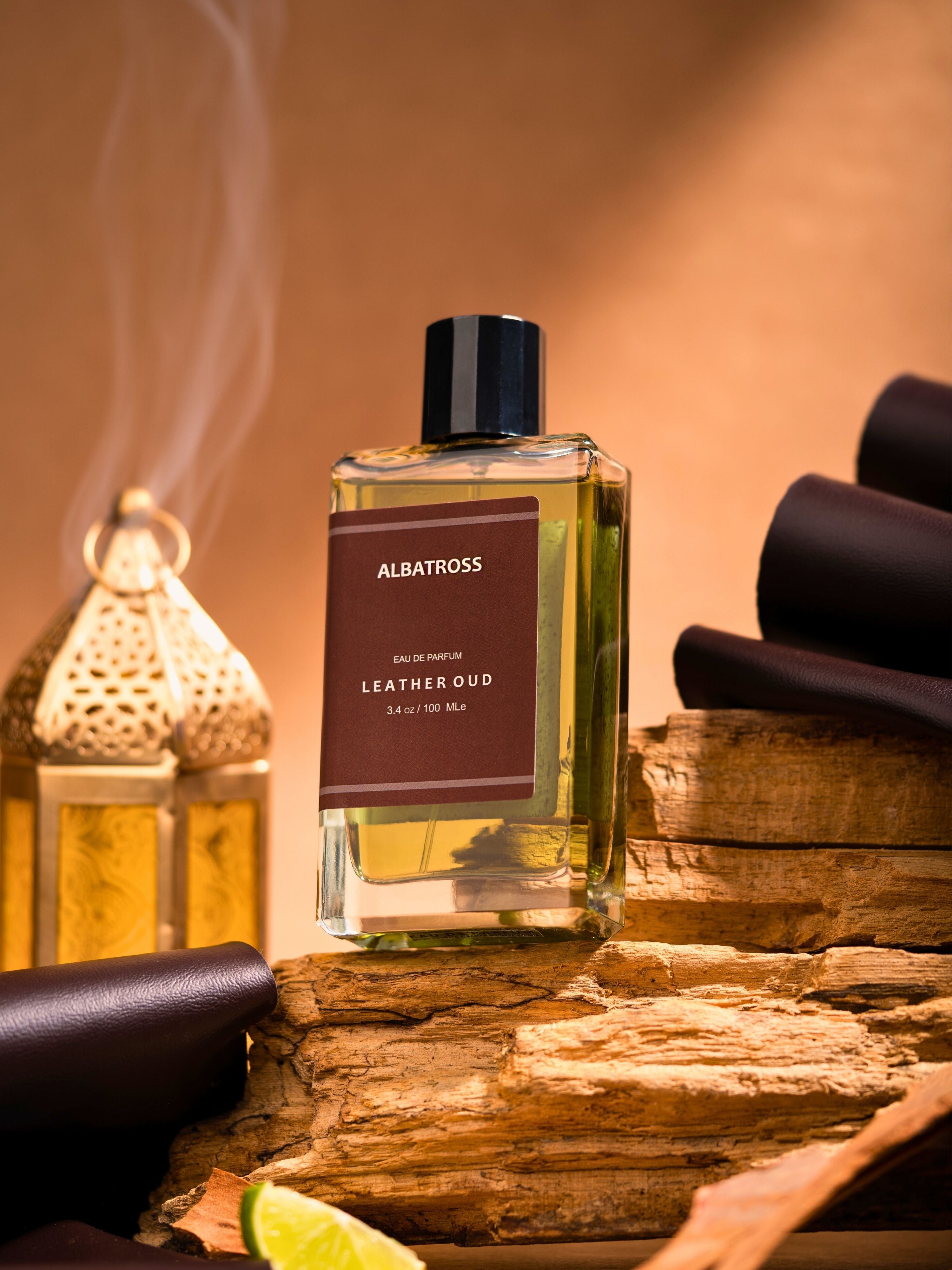
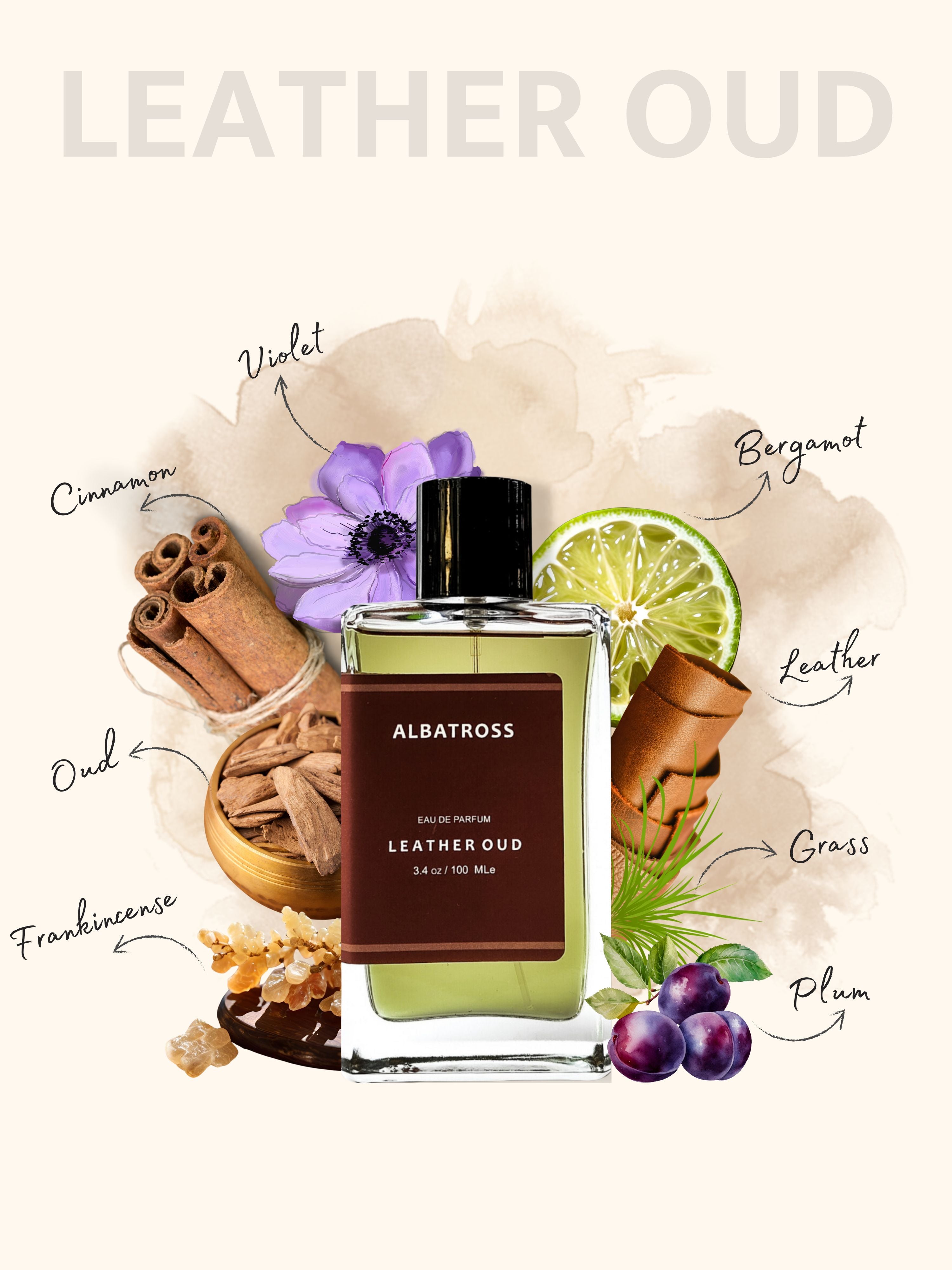


7 تعليقات
Has Your Signature Scent Gone Sour? How to Spot Expired Perfume & Save – Albatross Clothing
[url=http://www.g0qv6p8415b30n56ms6kh12dqln38g8ls.org/]uznjnzmxbd[/url]
aznjnzmxbd
znjnzmxbd http://www.g0qv6p8415b30n56ms6kh12dqln38g8ls.org/
Has Your Signature Scent Gone Sour? How to Spot Expired Perfume & Save – Albatross Clothing
[url=http://www.gqh2at9xh7hid8c054qa0h7e9659q521s.org/]umywkizokb[/url]
mywkizokb http://www.gqh2at9xh7hid8c054qa0h7e9659q521s.org/
amywkizokb
Has Your Signature Scent Gone Sour? How to Spot Expired Perfume & Save – Albatross Clothing
rwckeclioz http://www.g0479w9aa3g049gb3c1fve324zxf86wws.org/
arwckeclioz
[url=http://www.g0479w9aa3g049gb3c1fve324zxf86wws.org/]urwckeclioz[/url]
Has Your Signature Scent Gone Sour? How to Spot Expired Perfume & Save – Albatross Clothing
zxomvfvvyq http://www.gtlq0kf499689o4j30pp3w05at4ul4f5s.org/
[url=http://www.gtlq0kf499689o4j30pp3w05at4ul4f5s.org/]uzxomvfvvyq[/url]
azxomvfvvyq
Has Your Signature Scent Gone Sour? How to Spot Expired Perfume & Save – Albatross Clothing
zmiifcmn http://www.gn03y4cpr57ziom604w7e81al4d7n874s.org/
[url=http://www.gn03y4cpr57ziom604w7e81al4d7n874s.org/]uzmiifcmn[/url]
azmiifcmn